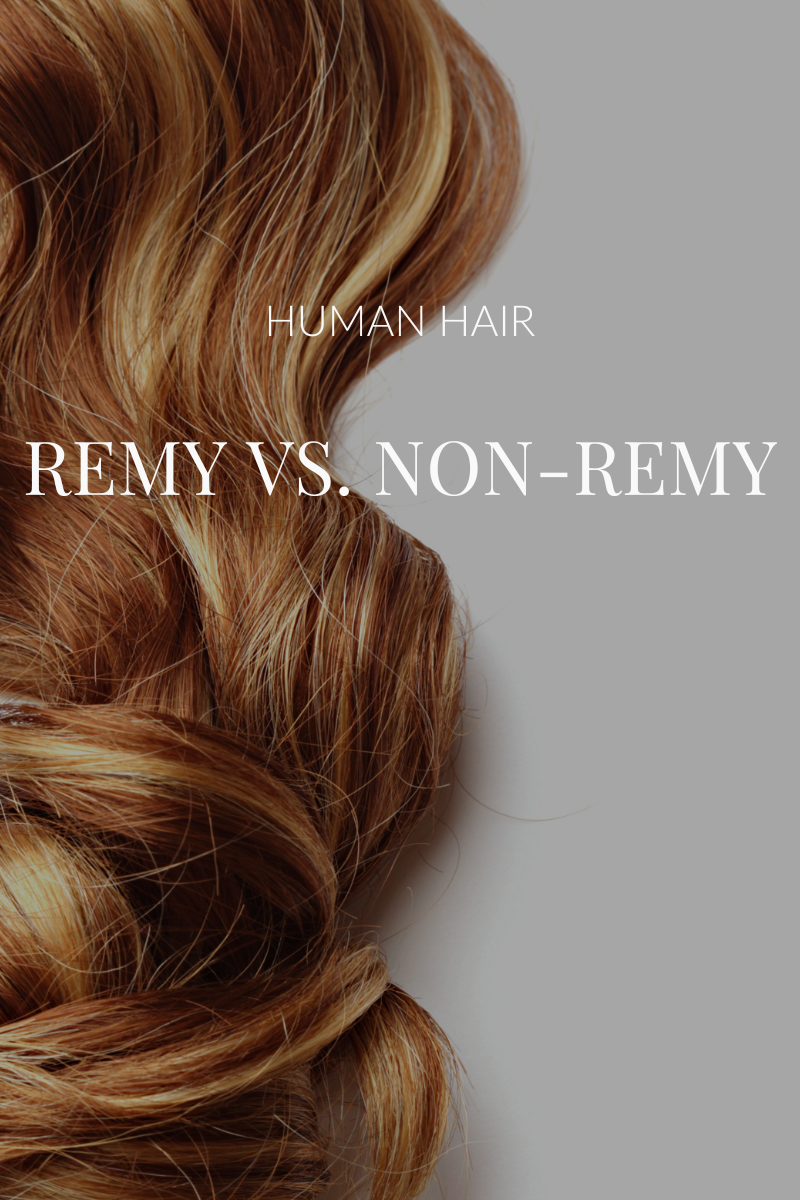
Understanding Remy and Non-Remy Hair: Debunking the Myths
In the realm of alternative hair solutions, the terms "Remy" and "Non-Remy" often spark notions of superiority, luxury, or heightened expense. However, delving deeper, it becomes evident that these labels are not indicators of inherent quality but rather descriptors of the production processes behind the creation of the final hair system. Let's unravel the distinctions and advantages of each.
Remy Hair:
When a hair system is labeled as Remy, it signifies that the hair's cuticle remains predominantly intact, with all strands aligned in the same direction. Visualize the cuticle as a protective armor comprising scales along the hair shaft, shielding it from environmental stressors and heat damage. In the manufacturing process of Remy hair systems, meticulous care is taken to maintain this alignment throughout, akin to preserving the orientation of hair when it's bundled in a ponytail before being cut off.
Moreover, for hand-tied wigs or hair systems, an additional step is taken to ensure seamless integration. Approximately 4 to 6 inches of the hair's top strand undergoes gentle cuticle removal to prevent tangling, particularly at the knots. This attention to detail and the labor-intensive process contribute to the higher price point associated with Remy human hair systems.
Non-Remy Hair:
Contrary to Remy, Non-Remy hair undergoes a process where the cuticles are delicately stripped from the hair strands. Consequently, the hair lays in multiple directions, devoid of the uniform alignment observed in Remy hair systems. To mitigate potential issues such as inversion—where opposing cuticles intertwine, leading to severe matting—the removal of cuticles becomes imperative.
However, it's crucial to note that the absence of cuticles doesn't equate to compromised quality. Non-Remy hair, especially in shorter or mid-length styles, maintains robustness and healthiness due to its inherent strength. This is particularly advantageous for shorter styles, where the natural strength of the hair compensates for the absence of cuticles.
In essence, the distinction between Remy and Non-Remy hair lies not in the intrinsic quality of the hair itself, but rather in the processing it undergoes to transform into your desired wig or hair system. While Remy hair boasts meticulous alignment and intact cuticles, Non-Remy hair offers resilience and durability, especially in shorter styles. Understanding these nuances empowers consumers to make informed choices based on their preferences and needs, transcending the myths surrounding Remy and Non-Remy hair.
Explore the unparalleled luxury of human hair with Ellen Wille's exquisite collection. Whether you're craving sophistication, glamour, or effortless chic, we have the perfect piece to complement your unique beauty. Visit our website to explore the Human Hair Collection!
